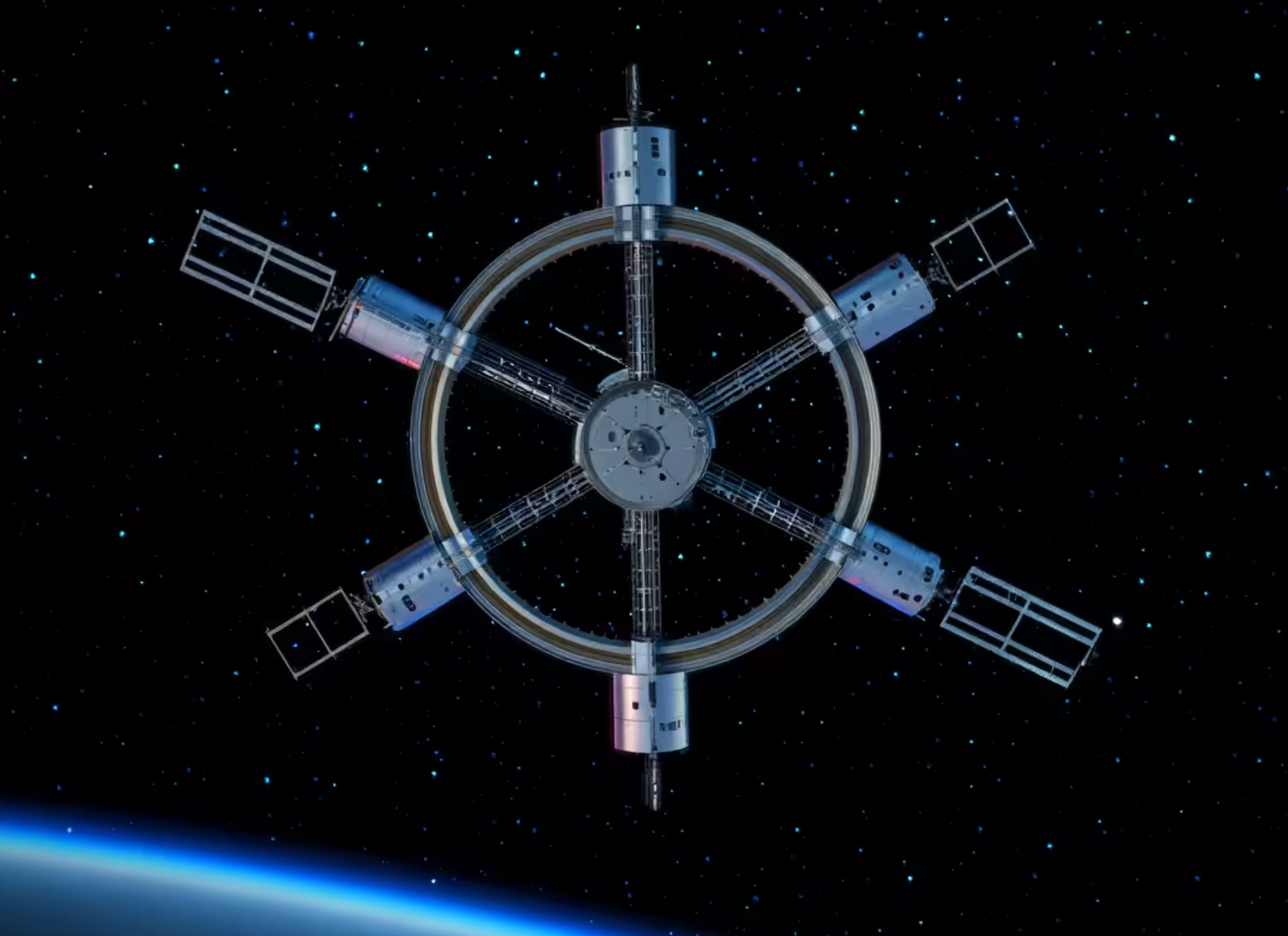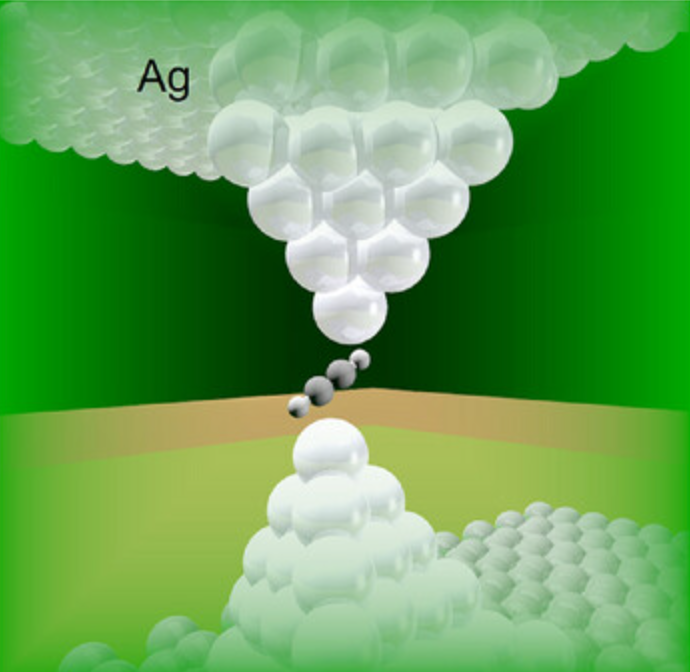Worldwide increase in plant CO2 capture signals major climate shift
New research reveals plants absorb 31% more CO2 than estimated, reshaping climate predictions and highlighting natural carbon sequestration.

For years, scientists haven’t been able to pin down just how much carbon plants take in, or where and when they do it. (CREDIT: CC BY-SA 4.0)
Plants play a huge role in shaping Earth’s climate. Through photosynthesis, they pull carbon dioxide (CO₂) out of the air. This massive exchange—called gross primary production (GPP)—is the largest carbon movement on the planet. GPP fuels the land carbon cycle and helps balance the atmosphere. But for years, scientists haven’t been able to pin down just how much carbon plants take in, or where and when they do it.
For decades, the global estimate for GPP hovered around 120 petagrams of carbon per year. That number, based mostly on satellite data and indirect modeling, became the standard. But a fresh look at the numbers reveals that plants may actually absorb far more carbon—up to 157 petagrams each year. That’s a leap of 31%, shaking up long-held views on how the planet breathes.
The revised estimate appeared in Nature and carries big weight. If plants soak up more carbon than we thought, they may offer more help in slowing climate change. It also changes the math in models that predict how Earth’s climate will shift in the coming decades. These models rely on solid GPP numbers to track carbon sinks and gauge how fast greenhouse gases pile up.
To reach this new figure, a team led by Cornell University researchers teamed up with Oak Ridge National Laboratory. They turned to carbonyl sulfide (OCS), a rare gas tied closely to photosynthesis. Plants take in OCS much like they do CO₂—but unlike CO₂, OCS isn’t released again. That one-way uptake makes it a clear tracer for photosynthetic activity and a powerful tool for measuring GPP more directly than ever before.
The researchers developed a model that traces the movement of OCS from the atmosphere into plant chloroplasts—the cellular structures where photosynthesis occurs. This approach leverages OCS’s unique properties to overcome limitations of traditional methods, such as satellite-based measurements, which can be obstructed by cloud cover, particularly over tropical rainforests.
“Figuring out how much CO2 plants fix each year is a conundrum that scientists have been working on for a while,” said Lianhong Gu, a distinguished staff scientist at ORNL and co-author of the study. “It’s important that we get a good handle on global GPP since that initial land carbon uptake affects the rest of our representations of Earth’s carbon cycle.”
Key to the new GPP estimate is a better representation of mesophyll diffusion—the process by which OCS and CO2 move from leaves into chloroplasts. Mesophyll layers act as significant barriers to gas movement, influencing how efficiently plants conduct photosynthesis. Previous models often neglected this process or used simplified assumptions, leading to underestimates of GPP.
To address this gap, the team incorporated detailed mesophyll conductance models into the National Center for Atmospheric Research’s Community Land Model version 5 (CLM5). By explicitly accounting for mesophyll diffusion, the researchers improved the accuracy of their simulations, aligning them closely with field measurements from monitoring sites like Harvard Forest in the United States and Hyytiälä Forest in Finland.
Related Stories
The study revealed that mesophyll conductance significantly impacts seasonal and spatial patterns of OCS uptake and GPP. For instance, during dormant and shoulder seasons, previous models underestimated plant activity because they failed to capture the subtle dynamics of gas exchange within leaves.
The updated model also highlighted that nighttime plant OCS uptake—accounting for 20-30% of daily totals—plays a more prominent role than previously thought.
This finding emphasizes the complexity of photosynthetic processes and the importance of incorporating detailed physiological mechanisms into global carbon cycle models. The results also suggest that mesophyll conductance can vary significantly with environmental conditions and phenological stages, further influencing GPP estimates.
The revised GPP estimate has far-reaching implications for climate science. As a primary determinant of terrestrial carbon sinks, GPP shapes how ecosystems respond to rising CO2 levels and climate change.
Pan-tropical rainforests, in particular, emerged as a more productive carbon sink than satellite data had indicated. This discovery underscores the importance of ground-based measurements in validating and refining global models.
“Nailing down our estimates of GPP with reliable global-scale observations is a critical step in improving our predictions of future CO2 in the atmosphere and the consequences for global climate,” said Peter Thornton, lead for the Earth Systems Science Section at ORNL.
Accurate GPP measurements also enhance Earth system models, which are essential for simulating future climate scenarios. By incorporating mesophyll conductance and OCS-based methodologies, scientists can reduce uncertainties in predictions of tropical forest carbon dynamics and global climate trajectories.
This progress is particularly relevant for initiatives like the Department of Energy’s Next Generation Ecosystem Experiments in the Tropics, which aim to refine models of tropical forest responses to climate change.
Moreover, the findings highlight the limitations of relying solely on satellite observations for estimating global GPP. Ground-based methods, such as OCS tracking, provide a more detailed and accurate picture of photosynthetic activity. This is especially critical in regions like tropical rainforests, where dense cloud cover can obscure satellite data.
The study’s findings highlight the importance of integrating new scientific insights into global carbon cycle models. Researchers verified their results against high-resolution data from environmental monitoring towers, avoiding the limitations of satellite observations. The inclusion of diverse data sources, such as the LeafWeb database, further strengthened the model’s reliability.
LeafWeb, an initiative supported by ORNL’s Terrestrial Ecosystem Science Scientific Focus Area, collects data on photosynthetic traits from scientists worldwide. This wealth of information was instrumental in refining the mesophyll conductance models and ensuring the accuracy of GPP estimates. By leveraging these data, the researchers were able to capture the intricate dynamics of photosynthesis at both local and global scales.
Support for this groundbreaking research came from institutions including Cornell University, Wageningen University in the Netherlands, and the Department of Energy’s Biological and Environmental Research program. Collaborators emphasized that advancements in fundamental carbon cycle processes are crucial for addressing some of the most pressing challenges in climate science.
“We have to make sure the fundamental processes in the carbon cycle are properly represented in our larger-scale models,” Gu explained. “This work represents a major step forward in terms of providing a definitive number.”
As scientists continue to refine methods for estimating GPP, this research provides a robust framework for understanding the intricate dynamics of terrestrial photosynthesis. By revealing the true magnitude of carbon uptake by plants, the study underscores the vital role of natural ecosystems in mitigating climate change.
In addition to its implications for climate modeling, the study opens new avenues for research into plant responses to environmental stressors. Understanding how mesophyll diffusion and other physiological processes adapt to changing conditions could provide valuable insights into ecosystem resilience and sustainability. These findings could inform conservation strategies and help policymakers develop more effective approaches to managing natural carbon sinks.
The integration of innovative methodologies, such as OCS tracking, represents a significant advancement in the field of carbon cycle science. By bridging the gap between small-scale physiological processes and large-scale ecosystem dynamics, this research sets a new standard for studying global photosynthesis. As the planet faces unprecedented environmental challenges, such breakthroughs are essential for building a sustainable future.
Note: Materials provided above by The Brighter Side of News. Content may be edited for style and length.
Like these kind of feel good stories? Get The Brighter Side of News' newsletter.



